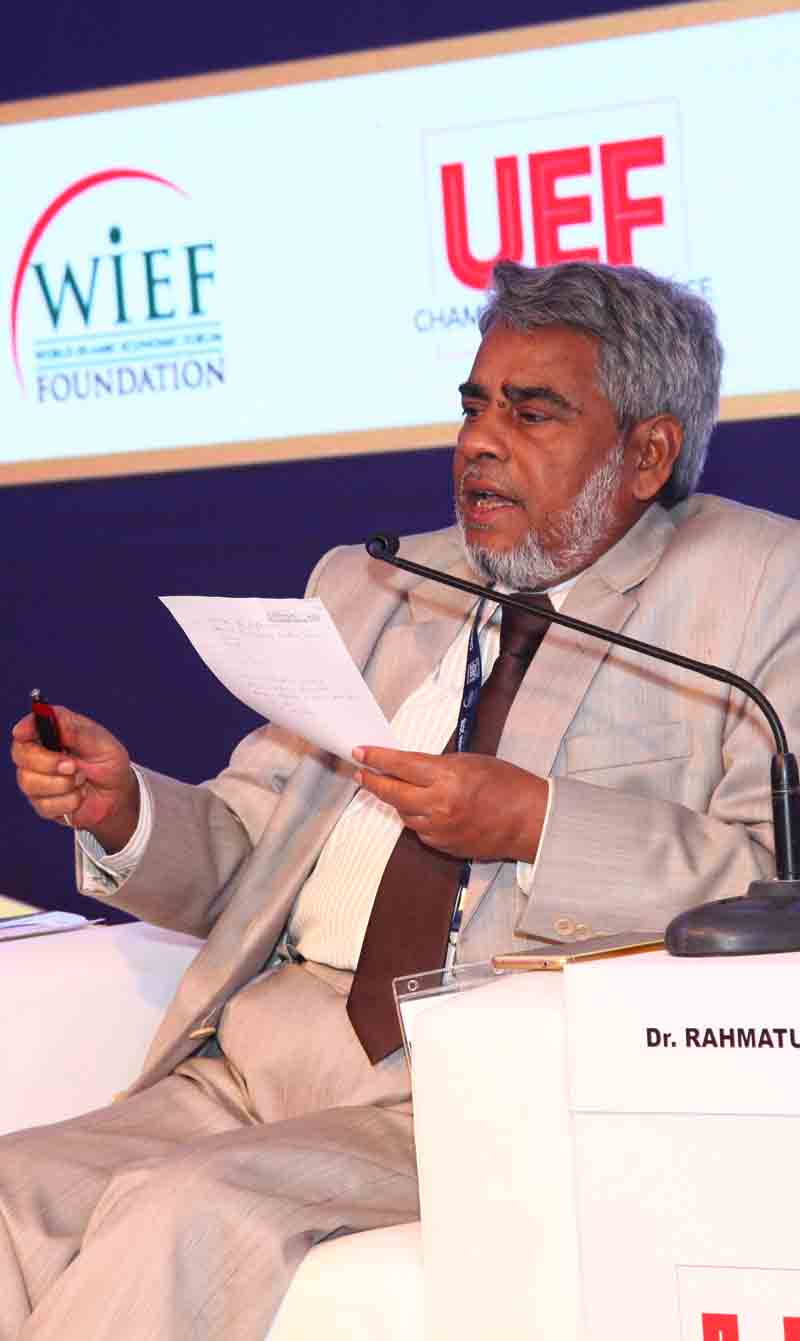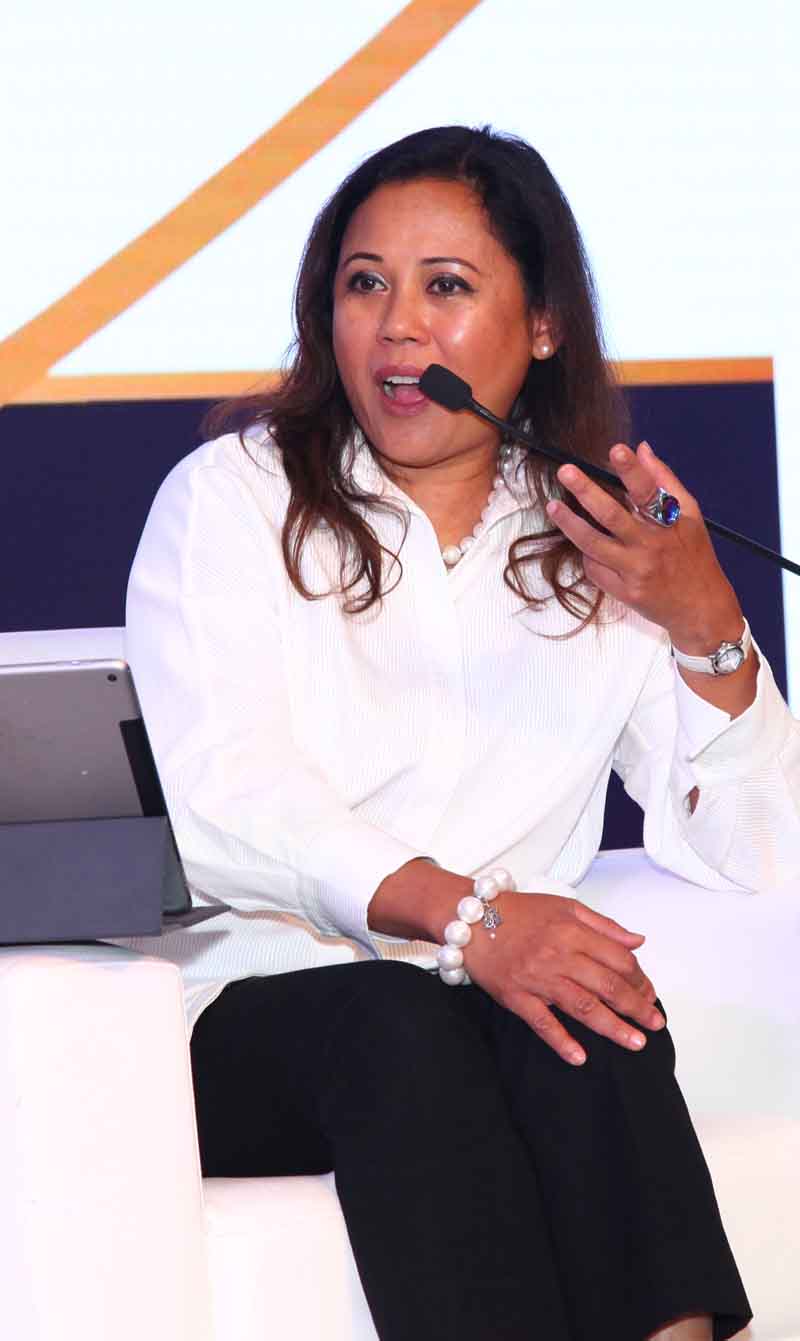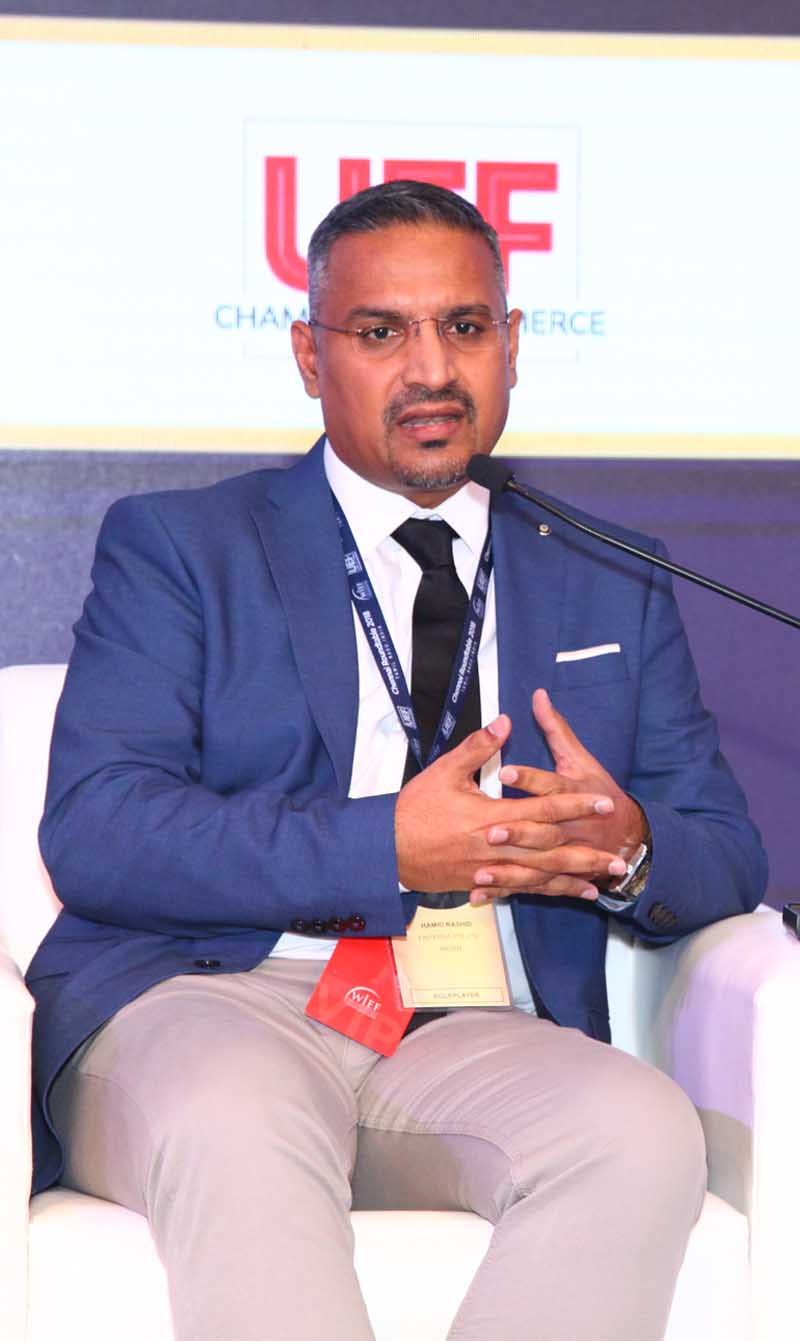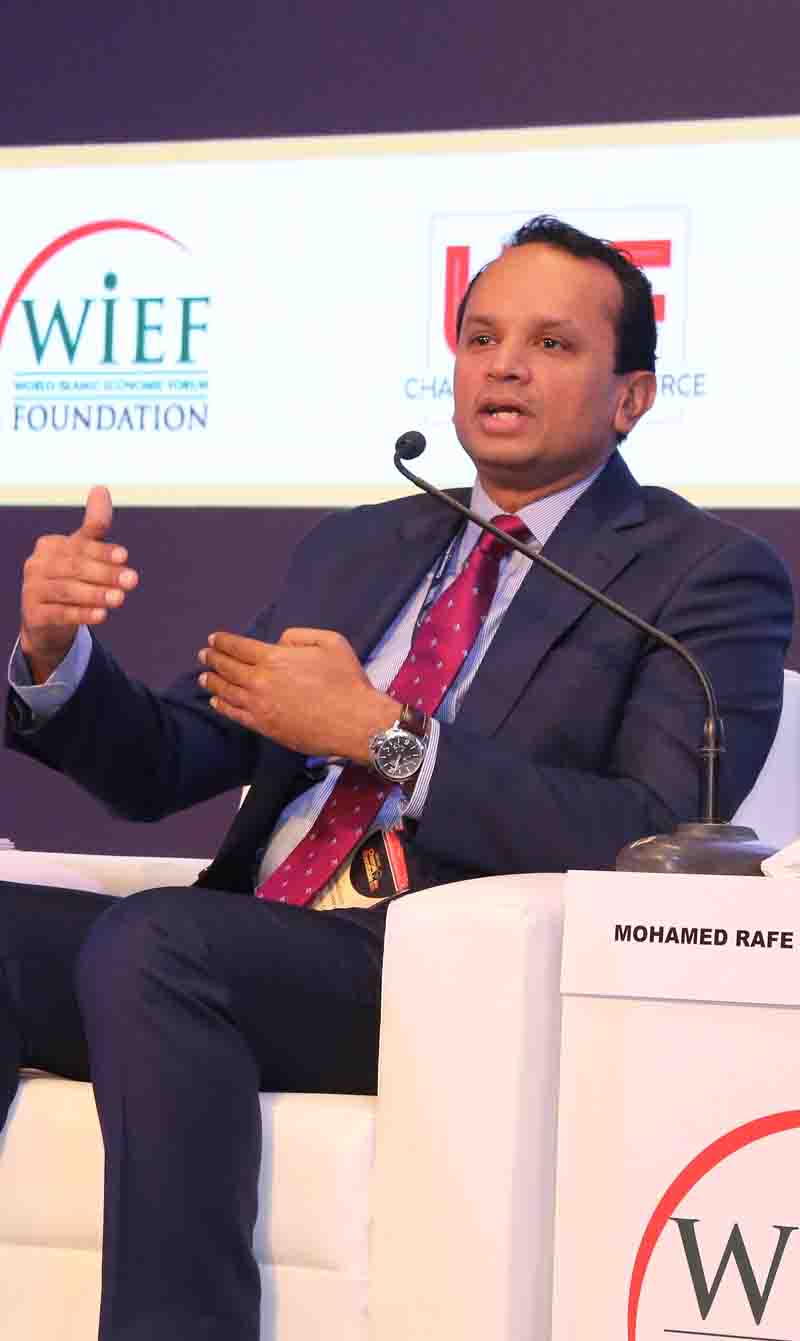Islamic fintech gains momentum
Fintech boosts Islamic finance in so many ways, as Ashar Nazim points out in an article in the third issue of In Focus magazine. He believes, it’s very possibly the tool that’ll defeat its institutionalised rival, thus paving the path for a lot more investment and entrepreneurs to participate in its space.
Finance has always benefited from technological evolution. The transatlantic cable in 1866 was a foundational technological advance that led to an era of financial globalisation lasting till the Great War. However, the change the finance industry has gone through in the last decade has been dizzying.
The 2008 financial crisis left banks facing both high cost regulatory obligations and an image problem that combined to slow innovation. This encouraged non-banking actors in telecom, retail, sharing economy platforms and such, to start moving into the financial services space. Technologies like social, mobile, analytics and cloud, allow for new entrants to cost effectively launch and scale customer-centric businesses that took a share of the customers’ wallet.
Today, Waqfe gives you the ability to open a bank account, using e-KYC (electric Know Your Customer) and an effortless customer experience without visiting a bank, in under seven minutes. This was unthinkable a decade ago, as was the fact that fintech would be serious players in the finance industry.
Now, fintech investments are having record breaking years. It’s encouraged by the forecast of over 1.5 billion Islamic finance users who’ll enter the digital finance space in OIC countries by 2020. Thus, we, at Finocracy, aim to harness this dramatic potential.
Fintech’s benefit on Islamic finance
Islamic banks operate in markets with youth bulges. In fact, majority of OIC population is under the age of 24 and a lot of them are part of large under-banked and unbanked populations in harder to reach rural or Tier 2 urban areas. However, new, clever and innovative fintech models allow access to them.
Existing Islamic banks also benefit when they use fintech to adopt new revenue models and tame cost structures – allowing them to go on the offensive to revive declining asset growth and deposits with Islamic banks. The Waqfe community banking platform is a great example of this, where customers become emotionally engaged with banks as they see their capital create social impact. These emotionally engaged customers have a greater customer life time value.
Fintech also contributes to Islamic finance’s popularity. Firstly, through cost. By cutting cost of service down significantly, fintech allows banks to respond faster with greater coverage of customers. Secondly, through accessibility. Fintech gets you to your customers wherever they may be and whatever complex customer journeys they are undertaking.
What you must remember is, for millennials and generation Z, mobile isn’t a channel, it’s a lifestyle. Through fintech, Islamic finance can reach these generations – who are often sceptical of banks – in a convenient manner, with fast, intuitive and friendly customer experience.
A boost for financial inclusion
This is a subject close to my heart. Financial inclusion is why we launched Finocracy under the new management in 2017, in Bahrain. We believe that people who are passionate about making great impact by matching ethical capital with opportunity and entrepreneurship, will accelerate critical financial inclusion and have large positive macroeconomic ripple effects on economies for generations. It’s a mission that drives us daily.
In fact, Finocracy’s core objective is to open access to at least 10 million underbanked customers within Gulf Cooperation Council (GCC) in the first phase, using an innovative platform-first approach.
Micro and small finance has proven to be a powerful poverty alleviation mechanism and Islamic fintech is the most frictionless way to reach as well as compel people in OIC countries to try microloans. The bottom of the pyramid is where banks don’t tread. Fintech can use powerful AI capabilities, that in turn, can use behavioural analysis and metadata mining to greatly increase successful loans, giving banks confidence to move into the area. Fintech also reduces costs of outreach in this area.
Where fintech gains momentum
Even though the three largest Islamic fintech jurisdictions are Malaysia, Indonesia and the UAE, we’re excited about MENA (Middle East and North Africa region) because it’s where all the pieces are coming together for momentum. Currently, customer desire exists for Islamic banking and the advent of smartphones, 4G and soon 5G, will connect record amounts of people, allowing fintech to reach them.
Bahrain is at the forefront of capitalising this impetus. The fintech ecosystem is well in place with regulators, government bodies, innovators and investors coming together to collaborate as well as support innovation. Importantly, the mindset of banks has matured and accepting, as they view fintech as partners instead of competitors. An example of this is: Waqfe working with a leading bank to create digital customer on-boarding that took less than four months to build and implement, at a third of expected cost.
Islamic or conventional fintech, which route?
For developing Islamic countries, Islamic fintech has the absolute potential to better boost the economy of host nations. For example, Islamic social finance is a half-trillion-dollar opportunity. There’s tremendous room for growth and opportunity in this sector that’s currently suffering from a lot of inefficiencies.
Islamic fintech especially as part of a broader platform also holds great promise in the agricultural sector. It’s no secret that crop yields in OIC nations are lower than the global average, while most nations in OIC are water scarce or rushing toward water scarcity. Mobile delivered small-finance enabled by disruptive technologies, combined with digital market places and personalised best practices per farmer, can increase yields, conserve water and change the fortunes of hundreds of millions of people.
Muslims are significantly less likely to own a formal account or deposit their savings into a traditional bank. Islamic banking powered by fintech creates greater propensity for financial inclusion especially in more conservative rural areas, where the largest unbanked population in OIC lies. I can’t overstate the importance of this: we’re literally talking about higher country GDP growth linked to penetration of Islamic fintech in OIC countries. Conventional fintech will always be at a disadvantage here.
Boosting Islamic finance in non-Muslim countries
Hypothetically, Islamic finance isn’t limited to a single country, region or race. In fact, globally there are over 170 Islamic banks and 80 regular banks that offer Islamic finance windows. Do I expect non-Muslims in conventional markets to get a taste of Islamic banking in significant numbers? No. But the Islamic diaspora in mature western non-Muslim economies are a rare growth spot. Their percentage as a population is expanding faster than any other religious groups.
They do, however, have complex, distinct and fast-changing customer journeys. Also, they have very high expectations based on how well they are being served by digital players in all spheres of life. Islamic fintech with use of disruptive technologies has the best chance to engage, onboard, satisfy and monetise these customers.
Islamic fintech, the next five years
Well, fintegration, the integration of traditional Islamic banks with fintech business models will take a lot more prominent role. This integration will also extend to regtech (regulatory tech) and insurtech (insurance tech). Islamic fintech will be standardised on API-powered (application program interface) open banking platforms.
Islamic banks that work with these fintechs will ‘freeze and wrap’ their core banking and move resources from ‘keeping the lights on’ to innovation. The cost of Islamic banking is inherently higher than regular banking due to sub-scale operations, and we’ll see Islamic fintech using blockchain to mitigate that in certain use cases, from smart contracts to trade finance.
The number of Islamic fintechs will increase at a tremendous pace. I fully expect the industry to grow at least five times in the next five years. I’m going to be brave and say, the industry will defeat its standardisation nemesis allowing for a lot more investment and entrepreneurs to enter this space. For our part, Finocracy is aiming to roll out 15 platforms by 2022, first five are already in the market!
___________________
For more opinions and articles on the latest business topics read our digital versions of In Focus magazine, issue 1,issue 2 and issue 3.
About the Author

Ashar Nazim’s 20-year involvement and experience in the Islamic finance industry is impressive. Since 2017, he is the managing director of Finocracy and also a fintech entrepreneur, advisor and investor. He has advised on setting up Islamic financial institutions across emerging markets as well as on digital innovation, transformation and implementation, plus on equity investments in the fintech industry in the Gulf Cooperation Council. He helped assemble a consortium of Islamic banks for accelerated build-out of fintech platforms in MENA (Middle East and North Africa region) and co-founded a retail banking fintech solution that aims to position Islamic banks at the forefront of digital marketplace. Besides that, he regularly gets invited to speak at international forums.





